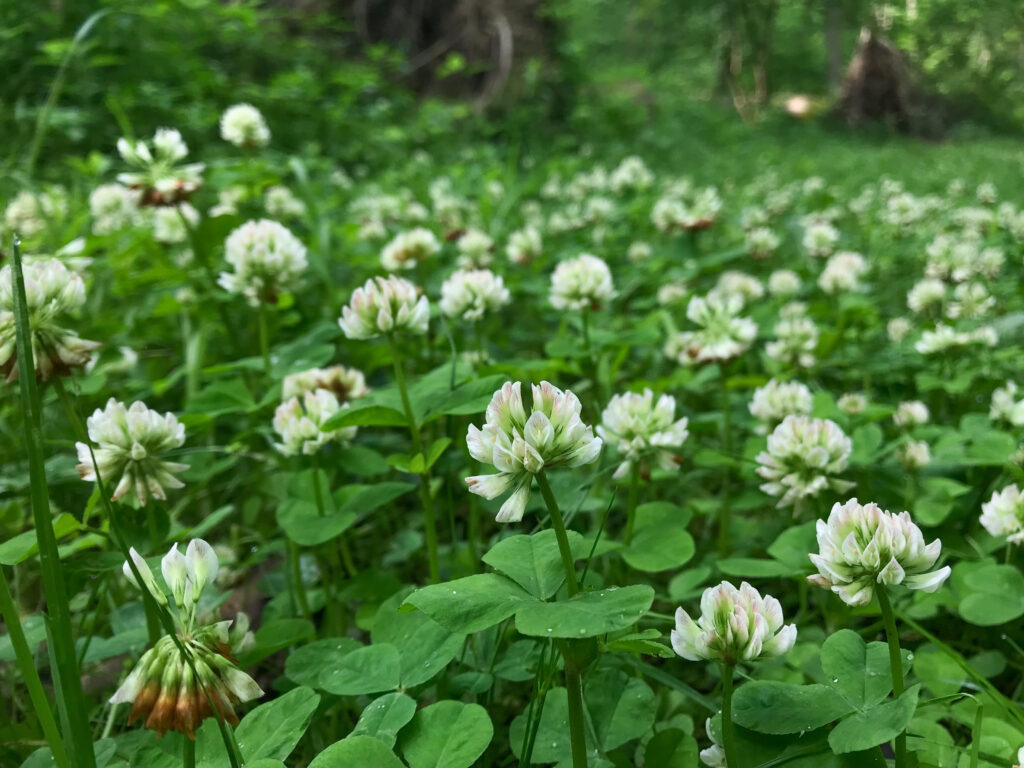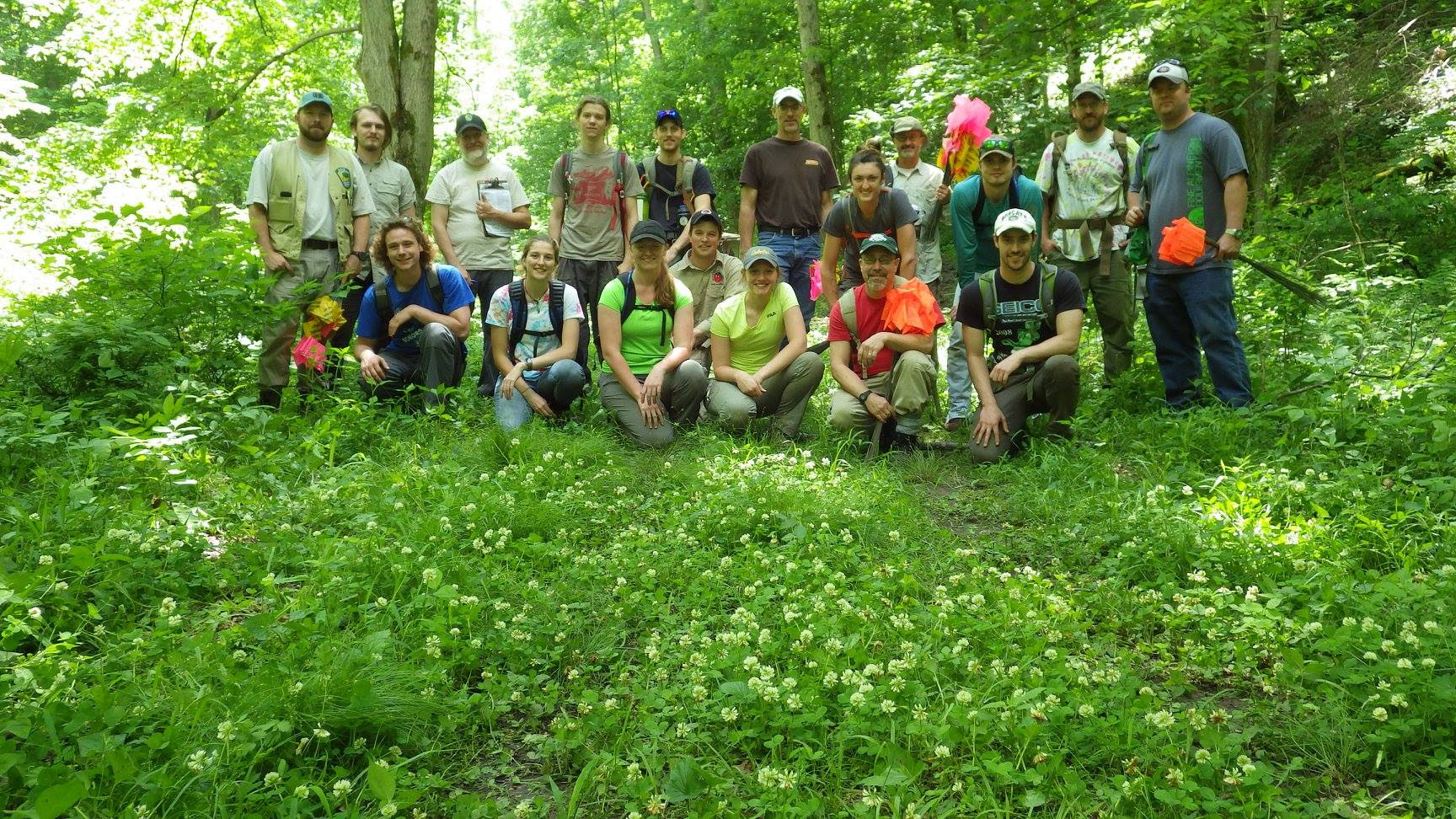Running Buffalo Clover, a Historic Success

Closeup of running buffalo clover flowers. ODNR photo.

Running Buffalo Clover, a Historic Success
COLUMBUS, Ohio – A once considered extinct plant species is now flourishing thanks to decades of hard work and dedication by the Ohio Department of Natural Resources (ODNR) Division of Natural Areas and Preserves and its conservation partners. The rare running buffalo clover has officially been removed from the federal endangered species list.

“This is an exciting development in the area of conservation and is really something we can all celebrate,” says Director Mary Mertz. “Now that this wildflower is thriving in Ohio, we will take every step to make sure it continues to bloom for years and years to come.”
Historically growing from the Appalachians to the Central Plains, running buffalo clover (RBC) derived its name from its appearance and habitat. The plant’s stolons (an above ground stem) appear to be “running” across the ground and it was once found in areas where the grazing and movement of bison helped maintain the habitat it needed to succeed. Because of its ecological connection to bison, RBC disappeared from the landscape after the large mammal was nearly put to extinction.
RBC was determined to be extinct by the federal government until it was rediscovered in West Virginia in 1983. Five years later, it was found in Ohio by Division of Natural Areas and Preserves’ botanists. After an 81-year absence, this thrilling discovery marked the beginning of the Division’s decades-long effort to ensure it not just survived but thrived.
Over the years a number of populations have been discovered on ODNR properties including a few state nature preserves. The largest population in the state is located at Boch Hollow State Nature Preserve in Hocking County. There were about 1,000 in 2010 and as of 2019, that number is closer to 7,000. With it going off the endangered species list, RBC will be downgraded to state potentially threatened. The Division will continue monitoring populations around the state and manage populations on state owned lands to ensure success in the Buckeye State.
The Division of Natural Areas and Preserves administers Ohio’s rare plant list which currently contains over 600 species. Ohioans can donate all or part of their state income tax return to support DNAP’s efforts in inventorying and monitoring these rare plants, as well as enhancing and restoring their habitats. For more information on how to make a donation, click here. Contributions can also be made year-round via check sent to the ODNR Division of Natural Areas and Preserves, 2045 Morse Road, Building H-3, Columbus, OH 43229.






